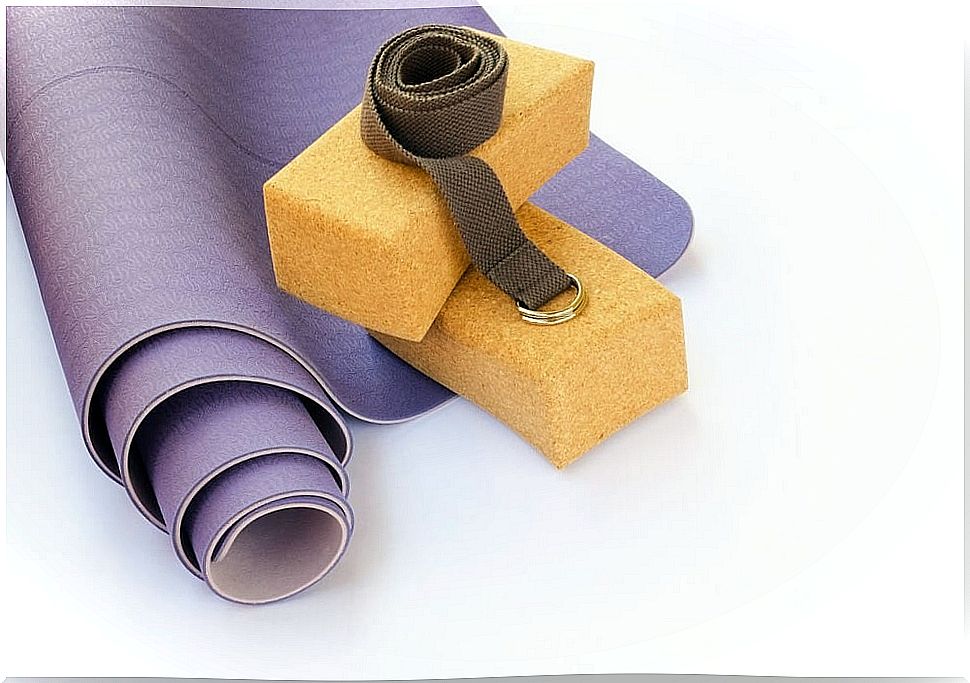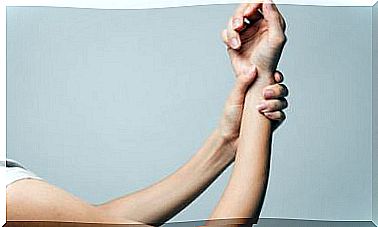5 Differences Between Yoga And Pilates
Yoga and Pilates are physical activities that are beneficial for health because they provide vitality and well-being. Although they have similarities, we will explain 5 differences between yoga and Pilates.
Yoga is an original discipline of Hinduism, which means the union between body and mind, seeks to create a balance to generate the well-being of the individual. There are different types of yoga, but the essence is to perform postures that will benefit the functioning of the body, but in a state of concentration.
On the other hand, Pilates is a system of physical and mental conditioning, which combines dynamism and postural correction. This system was created by Joseph Pilates in the 20th century and seeks to strengthen the body through a meditative attitude and self-knowledge.
Pilates takes yoga as its base discipline and there are similarities and differences between the two. The benefit of these physical activities will be that they will strengthen your body and keep you busy. Be it yoga or Pilates, do not stop exercising and feed your soul.
The movements in each discipline involve the anatomy of the exercise because the muscles of the legs, arms, back, abdomen, feet, hands and other parts of the body will be worked. Movement of the body benefits circulation and lowers the risk of heart disease and other stress-related illnesses.
Engaging your mind and body in physical activity will reduce your risk of disease. Each discipline emphasizes different aspects. Here are the differences between yoga and Pilates:
Differences between yoga and pilates
Engaging your mind and body in physical activity will reduce your risk of disease. Each discipline emphasizes different aspects. Here are 5 differences between yoga and Pilates.
1. Meditative or spiritual practice

The fundamental difference between yoga and Pilates is the spiritual element. Yoga has a spiritual purpose and is to achieve balance between body and mind through meditation. For Pilates the goal is to tone the body, the mental element is self-knowledge beyond meditation.
In a yoga class, starting with meditation and ending with relaxation are the essence of the practice. Meditation is not important in Pilates class because it focuses on the physical. However, Pilates has psychological benefits.
2. Stretching
In the practice of yoga stretching is important, there are postures that are to stretch parts of the body. At the beginning of the class, you should warm up with stretching movements to be able to execute the different postures of torsion, flexibility and strength. Stretching in yoga is a symbol of vitality and respect for the body.
Pilates does not require more stretching. At the beginning of the class the warm-up is simple and the force will be applied in the movements of the practice. For Pilates you need an awareness of your body and know the limits of force that you can apply.
3. The dynamism of the movement
The yoga class can have dynamic moments and, depending on the type of yoga, the movements will be fluid. However, there are always quiet moments during class that allow you to give peace of mind.
Pilates is movement and energy. The whole class will be to measure physical endurance and tone muscles. Strengthening the body and toning are goals of Pilates.
4. Use of class implements
 In a yoga class for beginners, you will see implements like garters or pads to improve posture. However, these are not relevant to yoga, because the body will be the center of the practice. Yoga does not need implements, but the connection between the body and mind.
In a yoga class for beginners, you will see implements like garters or pads to improve posture. However, these are not relevant to yoga, because the body will be the center of the practice. Yoga does not need implements, but the connection between the body and mind.
For Pilates, the use of garters, balls, mats, weights and any other implement that helps to tone the body is essential. During Pilates practice these implements may be used depending on the strength and dynamics of the class.
5. Space for class practice
Yoga should be practiced in a quiet place, be it in a room or outdoor space. The peace and silence of the space will be fundamental for the class, because yoga is tranquility.
The Pilates class should be in a room or gym that has the tools available to tone the body. Without these requirements, the goal of Pilates will not be achieved. Pilates is more related to joy and movement.
There are many differences between the two disciplines, but both disciplines, yoga and Pilates, will help you maintain physical well-being. Give your body a moment of vitality. Choose any of the two disciplines according to your preferences, and enjoy physical and mental activity.









